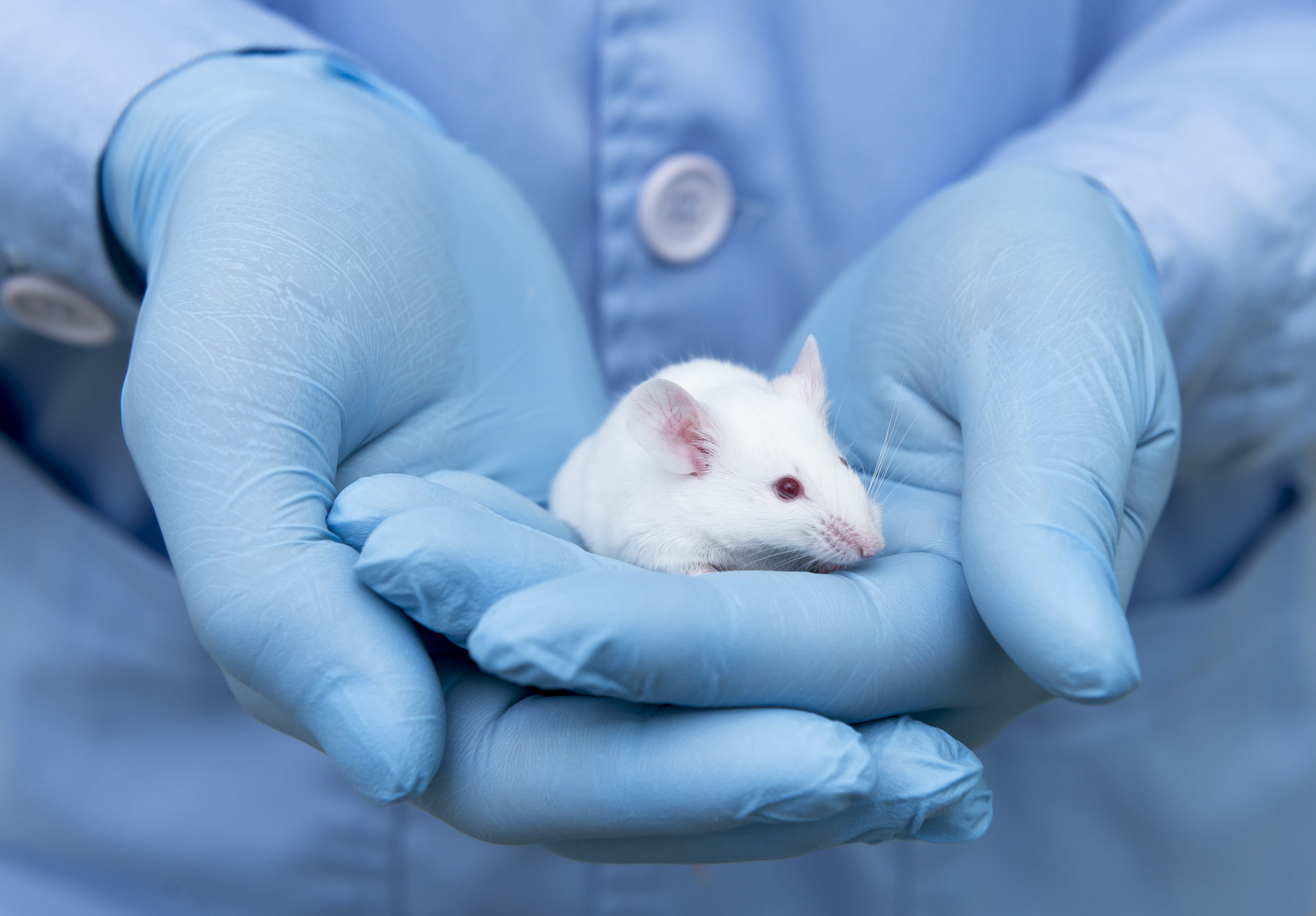Chinese scientists say they have restored the damaged outer ear in mice, a mammal that lacks natural regenerative abilities.
The researchers said the pathway they identified could be applied to different tissue types and play a significant role in advancing regeneration in vertebrates.
The team found that a mouse’s failure to regenerate stemmed from an inability to produce sufficient retinoic acid, a derivative of vitamin A that regulates what cell type emerges during a cell’s development and tissue repair.
This was because mice had lost the DNA “remote controls” that switch on the gene that encodes an enzyme to convert vitamin A into retinoic acid, they found.
By turning on the “evolutionarily disabled genetic switch”, the scientists could reactivate the regeneration of the mouse ear.
“Our study identified a genetic switch involved in the evolution of regeneration,” said the researchers from the National Institute of Biological Sciences in Beijing, the BGI-Research genomics institute and the Shaanxi Key Laboratory of Molecular Biology for Agriculture. They published their research in the peer-reviewed journal Science on Thursday.
Some animals possess the power of regeneration. Salamanders, for example, can regrow tissues, organs and limbs, while teleost fish can regenerate nervous tissue and restore function following injuries to their central nervous system.
But mammals, including humans, have limited capacity to rejuvenate tissue and organs.
In the latest study, the researchers looked at the ear pinna, which has complex tissues, including skin, cartilage, muscles, peripheral nerves and blood vessels.
The team found that rabbits could heal a hole punched through their outer ear with full thickness in about a month. They could “completely restore lost tissues, including the cartilage”, after three months.
However, mice failed to close a hole after a month, although a tiny piece of new cartilage grew after three months, showing “extremely weak regeneration”.
The key difference lies in ALDH1A2, a gene that encodes an enzyme responsible for the synthesis of retinoic acid.
The scientists compared the two animals and found that “the expression of ALDH1A2 in rabbits was robustly activated after injury and maintained throughout regeneration”, but it “was barely detectable throughout tissue repair in mice”.
When the researchers reinstalled ALDH1A2, injected retinoic acid or transplanted an enhancer from a rabbit into the mouse genome, the wound on the mouse ear pinna closed, cartilage reformed and sensory nerves regenerated.
“Retinoic acid signalling is broadly involved in different contexts of regeneration, including bone, limb, skin, nerve and lung regeneration,” the team wrote. “We propose that modulation of the retinoic acid pathway may be a hotspot for the evolution of regeneration in vertebrates.”
In a press release, BGI Research said: “The therapeutic implications stretch far beyond mouse ears.”
Therapies based on retinoic acid might work across various tissue types since the same molecular pathway had been found to be active during regeneration in fish fins and salamander limbs, the institute said.
“For trauma surgeons treating battlefield injuries, plastic surgeons reconstructing birth defects, or cardiologists facing heart attack patients, the prospect of flipping a single molecular switch to restore rather than merely repair represents a paradigm shift in medicine,” it said.
The institution added that because retinoic acid had been approved by the US Food and Drug Administration to treat certain cancers and skin conditions, “clinical trials for regenerative applications could potentially fast track through regulatory approval”.
Passionate about science? Dive deeper with the Dark Matters newsletter, a weekly in-depth analysis of China’s rise in science, technology and military that goes beneath the surface. Sign up for free now.
